From Struggling Utility to Industry Leader: How a Water Utility’s Vision, Innovation, and Commitment are Providing Sustainable Drinking Water in Puerto Princesa City, Philippines
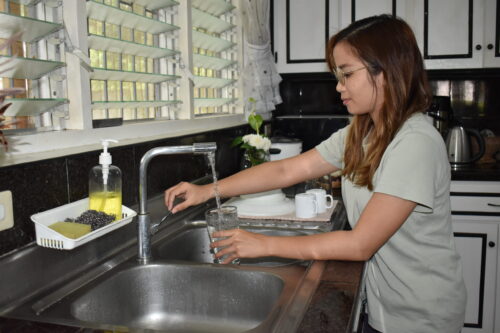
With its white beaches, famed Underground River, and lush forests, Puerto Princesa City in Palawan is often called the Philippines’ cleanest and greenest city. In an island nation where rapid urbanization, environmental degradation, and climate vulnerability hinder water security, the city stands out for high access rates of safe drinking water: 80 percent of the city’s more than 300,000 population have access to piped water to their homes in contrast to the national average of 50 percent.
This wasn’t always the case. In 2007, only 34 percent of residents could access clean drinking water while drought and typhoons often forced the local government to ration water. Furthermore, the city’s main water service provider was struggling. Walter Laurel, General Manager of Puerto Princesa City Water District (PPCWD) recalls: “We were a struggling utility, grappling with inadequate water sources, low financial viability, and limited in-house technical capacity.” All of this made it difficult, or near impossible, for the utility to improve and expand its services.
To turn things around, the water district needed new water sources and sources of financing.
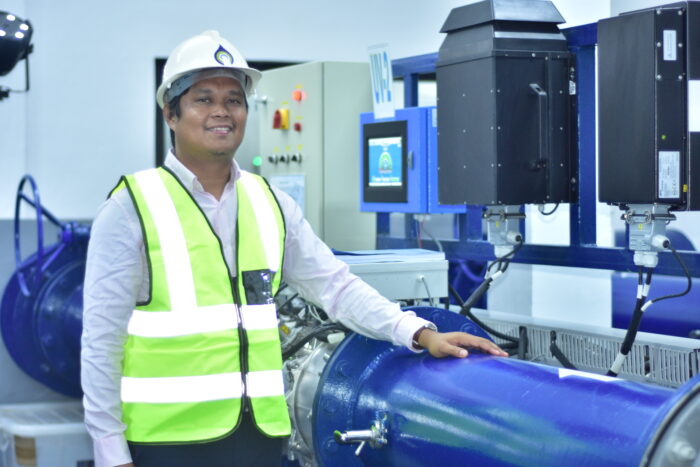
Expanding Services Means Diversifying Financing and Water Sources
The water district faced an uphill battle. There were few opportunities to access government financing while commercial banks were reluctant to engage water utilities, seeing them as high-risk investments
In 2008, USAID, together with the Japan International Cooperation Agency, launched the Philippines Water Revolving Fund (PWRF), which helped create a co-financing facility between the government and private banks to provide loans to water service providers so they could finance water and wastewater projects. USAID also provided loan guarantees and trained water utilities like Puerto Princesa on application processes and loan compliances which further increased banks’ willingness to lend.
“Through PWRF, USAID helped open the market to commercial banks.” explains Alma Porciuncula, former Chief of Party of PWRF and now Chief of Party of USAID’s Safe Water project in the Philippines. “PWRF also encouraged commercial banks to lengthen loan terms, giving utilities more time to invest in substantive, systematic changes.”
With public and private financing in hand, PPCWD focused on expanding its water supply, turning away from relying on rapidly depleting groundwater sources to pumping and treating water from river sources.
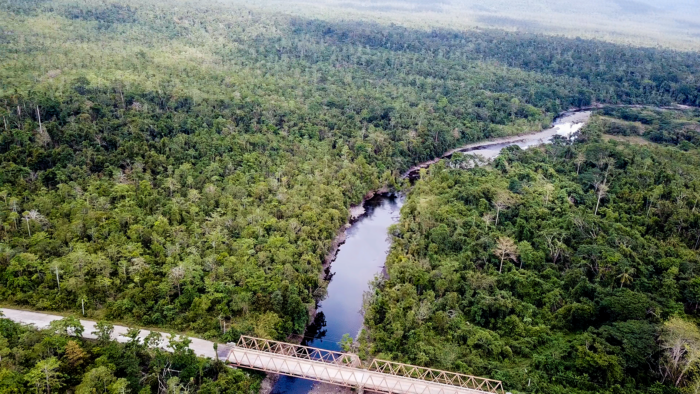
This proved a major turning point for the water district. Now, the utility could expand services to more people in Puerto Princesa, including vulnerable and hard to reach populations, and to hotels and businesses to support the island’s thriving tourism industry. At the same time, the water district, with USAID support, worked to reduce water losses and improve staff capacity.
“With this additional water source, we were able to increase our service coverage to more than 90 percent, not just those living in the city but also those in far-flung barangays, too,” says Walter. “By improving operations, we were also able to keep things affordable for our customers.
Steady Streams of Progress
The utility continued to work with USAID to expand its services, improve finances, develop additional surface water sources and improve watershed management, all of which helped the Water District to provide uninterrupted services even during drought and extreme weather events. The water utility has since gained national recognition. In September 2023, the Philippine government recognized PPCWD for its leadership in innovative surface water supply management and increased sustainable, affordable, and quality water services for its residents.
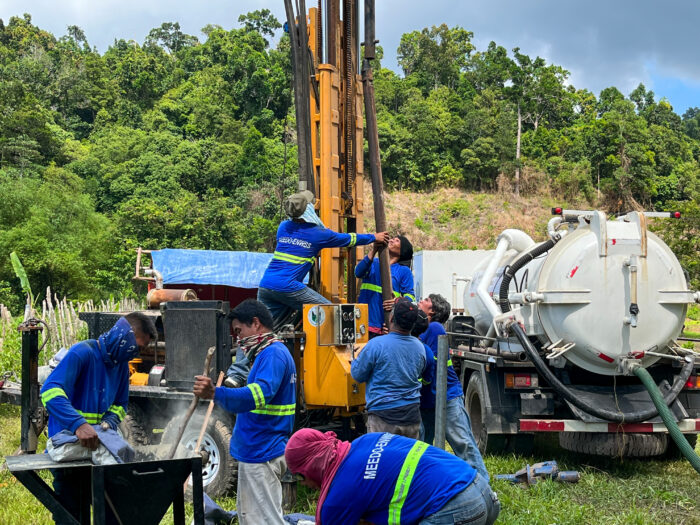
“It is rewarding to see partners like the Puerto Princesa City Water District overcome challenges and thrive in providing clean drinking water to families for years to come. I hope that their story of visionary leadership, innovation, and commitment will inspire other water utilities across the Philippines,” remarked Ryan Washburn, Mission Director for USAID/Philippines.
A Shared Vision of Water in Every Home
For the past two decades, USAID has supported the Philippine government’s long-term vision to provide each Filipino with access to safe and sustainable drinking water and sanitation services, collaborating and partnering at the national, local and community levels. In 2021, USAID selected the Philippines as a High-Priority Country under the 2022-2027 Global Water Strategy.
USAID’s current water initiative, the five-year, $18 million Safe Water project, is working with the National Economic and Development Authority (NEDA) to support the implementation of a groundbreaking financing policy, a direct outcome of the groundwork laid by PWRF. “Our partnership with USAID is helping us address financing gaps in the sector and enhance investments for water supply and sanitation to address the needs of Filipino communities,” says NEDA Assistance Secretary Roderick Planta.
Beyond institutional partnerships, the commitment of local leaders like Walter Laurel of the Water District is also instrumental in realizing shared water and sanitation objectives. Reflecting on the progress made in Puerto Princesa since he began working for the District, he shares: “With increased water access in Puerto Princesa, more businesses are opening, households are saving more money; and the health of communities is improving.”
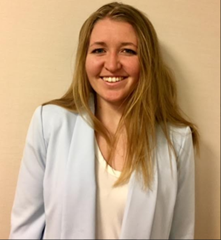
About The Author
Natalie Rose Gill is Strategic Communications and Policy Advisor in USAID’s Center for Water Security, Sanitation and Hygiene. Since joining USAID in 2021, Natalie has supported USAID’s efforts to increase global water security through the implementation of the U.S. government’s Global Water Strategy.

